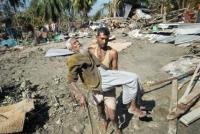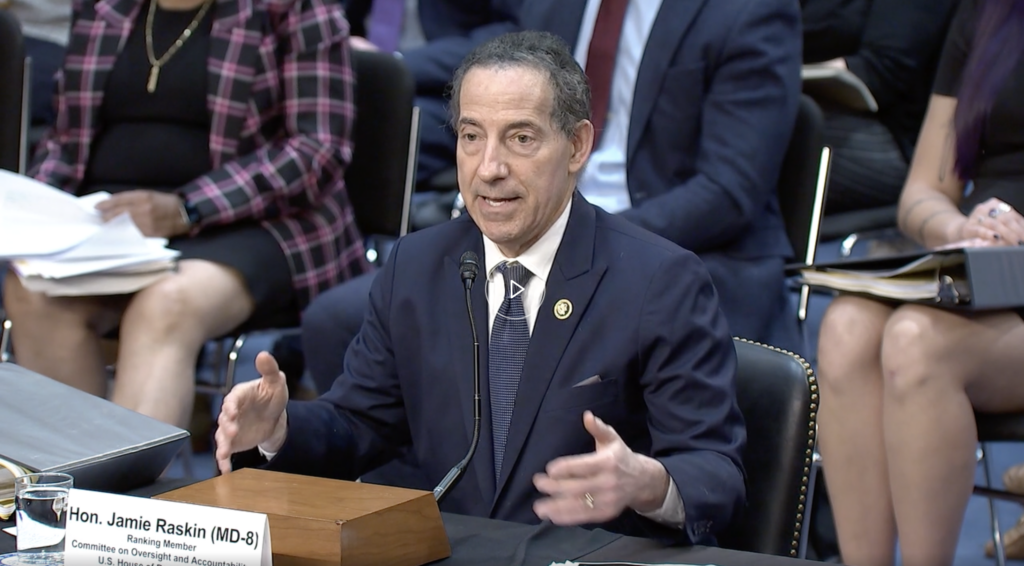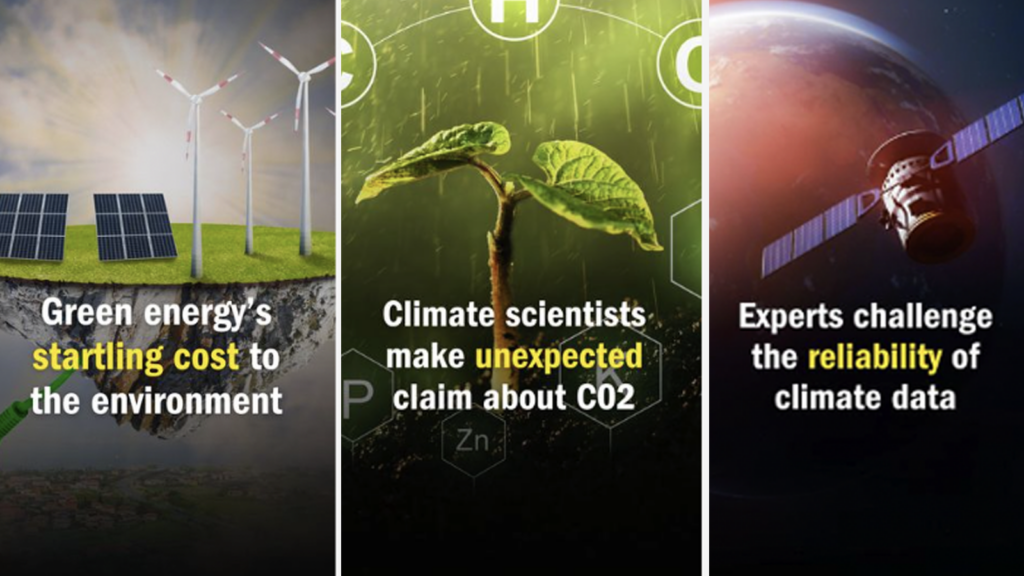It is certainly only coincidence that two recent events–the deadly Category 4 landfall of Cyclone Sidr in Bangladesh and the release of the UN IPCC‘s 2007 synthesis report–have so closely coincided.
But if we take them together–the story of pain and grief in a low-lying region on the one hand; the careful words of scientists on the other–it seems impossible not to attempt a still grander synthesis.
First, the hurricane. Cyclone Sidr, a Category 4 and possibly a Category 5 storm, thundered up the Bay of Bengal last week and made landfall with a devastating storm surge that exceeded twenty feet in some places. Hundreds of thousands have been killed in similar storms in this region, where the shape of the Bay, the low-lying topography, and the densely packed and poverty-stricken population all help set the stage for uniquely murderous cyclone disasters.
Amazing as it is to say it, everyone who knows anything about the vulnerability of Bangladesh is actually relieved to learn that the death toll from Sidr may not exceed 10,000. This is seen as progress, especially in comparison with storms in 1991 and 1970 that killed, respectively, 130,000 and 300,000-500,000 people.
And yet still, the devastation is almost unimaginable. Millions need food and homes. Entire towns have been obliterated. Crops have been ruined. Endangered species–the rare Bengal Tigers–were also perhaps killed in large numbers. And this is not a worst case scenario–the storm did not arrive at high tide, and its most powerful winds and sea surge actually struck a largely uninhabited area.
Now over to the IPCC: If nothing else, its latest report compels us to contemplate what will happen to a place like Bangladesh in the future. The first and most obvious outcome? Inexorable sea level rise. No one knows precisely how much how fast, of course, but the latest IPCC report says we can expect perhaps a few feet by 2100, and after that…well, if in the long term we lose the Greenland or West Antarctic ice sheets, all bets are off.
So poor Bangladesh, which is already incredibly flood prone, already highly exposed to devastation from the sea–the Economist recently called the country a “heinously overcrowded patch of delta”–will only face a worse situation in the future. If sea level rise becomes too dramatic, massive populations–millions of people–may have to migrate further inland.
And even if we only get slow and steady sea level rise–and merely the monotonous reclamation of land where people once lived–that still means every future tropical cyclone that strikes Bangladesh will surf atop higher seas in the Bay of Bengal on its way towards landfall and battering the country with a wall of water. Rerun Cyclone Sidr in ten years, in twenty years, in fifty years. The sea keeps penetrating farther and farther inland.
And what of the storms themselves? Here, the evidence is more ambiguous, but it’s hard not to notice that the North Indian Ocean basin–which comprises both the Bay of Bengal and the Arabian Sea–has had a record year of devastation in 2007. In June we saw the strongest storm ever observed in the Arabian Sea–Cyclone Gonu, a Category 5. Sidr, meanwhile, is the second strongest known landfalling hurricane in Bangladesh.
That’s right: Few strong hurricanes may have affected the United States lately, but in the Indian Ocean, they have really been on the rampage.
Scientists fully expect hurricanes to become more intense on average in the future, though they can’t yet say how storm numbers might correspondingly change, or whether the regions affected might also shift in some way. Certainly there is a high level of scientific uncertainty surrounding the global warming-hurricane relationship. But for Bangladesh, already facing devastating sea level rise, the possible addition of any added strength to hurricanes certainly doesn’t help matters. Isn’t it bad enough already?
But then one could also write that last bit in another way: But for Bangladesh, already facing devastating cyclones, the possible addition of any sea level rise due to global warming certainly doesn’t help matters. Isn’t it bad enough already?
Yes, bad enough it certainly is. So now’s the time to send Bangladesh your aid–for inspiration, watch this video–but it’s only a short reprieve from lobbying once again for change on climate change.
The argument just keeps getting stronger.
Subscribe to our newsletter
Stay up to date with DeSmog news and alerts






